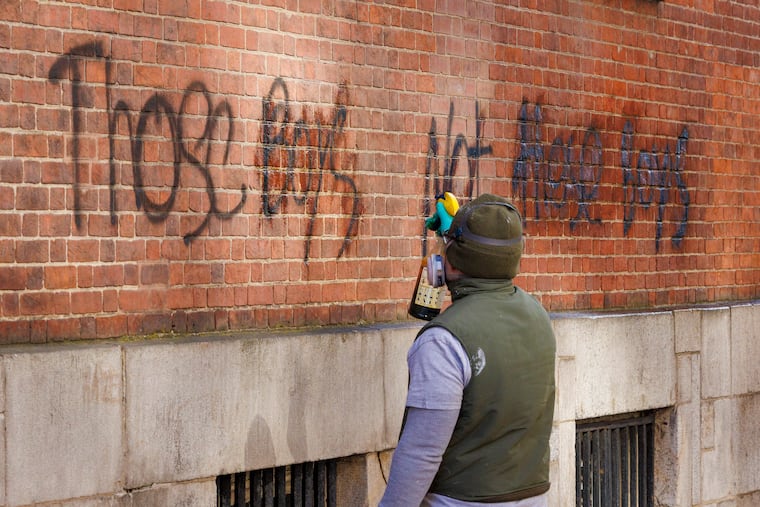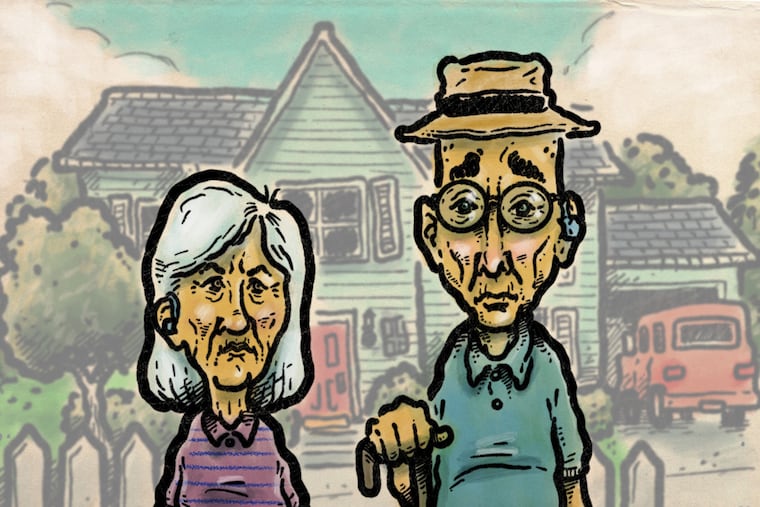Philadelphia increases graffiti cleaning efforts, yielding positive results in city aesthetics.
The City of Philadelphia has announced significant enhancements to its graffiti removal efforts, responding to years of community concerns about vandalism and blight throughout the city. Beginning in March 2024, the city’s Office of Clean and Green Initiatives will lead a newly established team focused on proactively cleaning graffiti from a range of surfaces including businesses, highways, and private residences.
The initiative is part of the Community Life Improvement Program (CLIP), which addresses various issues including unpermitted graffiti, vacant lots, and abandoned vehicles. Under the leadership of Mayor Cherelle L. Parker and the Clean and Green team, the focus on graffiti abatement has intensified. Carlton Williams, the director of the Clean and Green Initiatives, indicated that this proactive stance has already resulted in cleaner urban landscapes and a notable decrease in complaints submitted via the 311 service request line.
Williams emphasizes that the approach transcends merely reacting to public complaints. City crews are actively scouring neighborhoods to identify and address graffiti in less visible areas before it becomes more pervasive. This strategy aims to sustain cleaner environments and deter future vandalism, especially in regions recognized as high-traffic spots such as highways.
The data collected from January 2024 to January 2025 reveal a significant decline in graffiti complaints, halving the monthly count from approximately 1,500 to around 800. This reduction underscores the effectiveness of the enhanced cleanup efforts, which focus on rapid responses within 24 to 48 hours once graffiti is identified.
Despite these advancements, experts in the graffiti landscape recognize the ongoing challenges. Darryl “Cornbread” McCray, a prominent figure in the graffiti community, acknowledges that while removal is necessary for urban beautification, the inherent culture surrounding graffiti may persist. He posits that, despite the city’s efforts, the underlying mentality of graffiti creators may not change.
In a bid to transform the narrative around graffiti, the city plans not only to remove unauthorized markings but also to engage with repeat offenders, guiding their talents into more constructive outlets. The Mural Arts program is expected to play a crucial role in this endeavor by providing opportunities for graffiti artists to contribute positively to public art projects.
As the city embarks on this ambitious initiative, stakeholders remain cautiously optimistic about achieving a balanced approach that combines art, community engagement, and the reduction of vandalism. By fostering a dialogue with artists and former graffiti writers, Philadelphia aims to not only beautify its spaces but also create opportunities for creative expression that align with community values. The future of urban art in Philadelphia, supported by municipal efforts, holds the potential for significant transformation.
Media News Source







